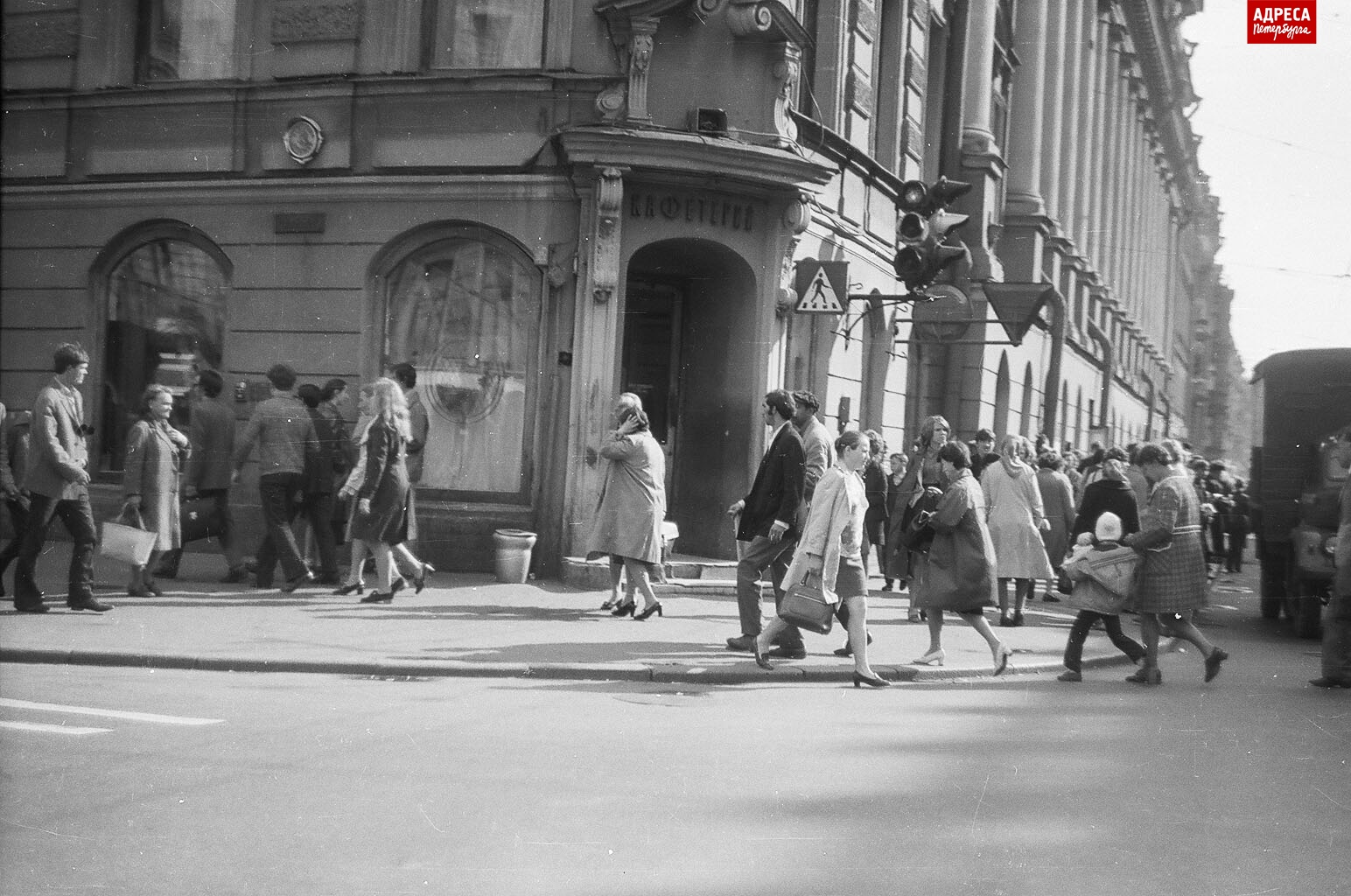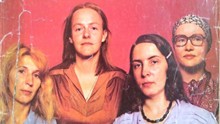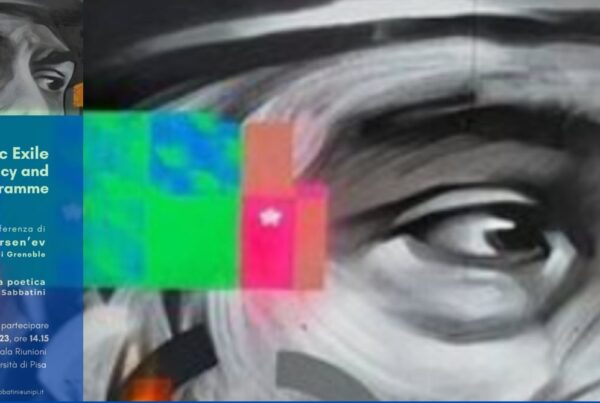
Saigon Cafè. Source: https://adresaspb.ru/.
Dates: 1964–1989
Place: Leningrad
Frequent guests: Evgenii Venzel’, Konstantin Kuz’minskii, Viktor Shirali, Evgenii Mikhnov-Voitenko, Viktor Krivulin, Tat’iana Goricheva, Viktor Sosnora, Gleb Gorbovskii, Viktor Toporov, Leonid Aronzon, Iosif Brodskii, Evgenii Rein, Sergei Dovlatov, and many more
Description:
The Saigon Café was the most famous coffee shop frequented by artists and writers during what Viktor Krivulin called the “fourth Russian revolution” (cf. Parisi 2013: 294), offering a space for debates far livelier than those taking place in official cultural centres such as the Union of Writers, the University or the LITO (which had been important in the previous decade). The café was located at the intersection of Nevskii and Vladimirskii Prospekt, on the ground floor of a building that housed the Moskva restaurant on the first floor (cf. Dolinin 2003: 23) – informally the café was known as Podmoskov’e (the suburb of Moscow). It opened in September 1964 and from the early 1970s attracted crowds of artists, writers and intellectuals. According to the poet and translator Viktor Toporov, its nickname was linked to an officer who scolded two girls for smoking inside the club – “It’s indecent, do you think you’re in Saigon?” (ibid.). At the time Saigon capital was portrayed by the Western media as a new Sodom, a land of sinful pleasure for soldiers fighting the Vietnam War. Unlike the Malaia Sadovaia and other cafés, such as the Buratino or the Kafe poėtov, the Saigon was always open-minded and democratic, frequented both by underground writers, such as Krivulin and Kuz’minskii, and officially recognised poets, such as Sosnora and Gorbovskii (cf. Sabbatini 2005: 89). It owed its popularity to its ability to connect people and groups that were hugely different in age, education, habits and intellectual or political persuasion. Despite repeated threats of closure, Saigon café remained open, from 9 am to 10 pm, for twenty-five years; perhaps such a space, which was subject to constant surveillance, facilitated the authorities in keeping an eye on the activities of Leningrad’s counter-culture (cf. Parisi 2015: 295; Kuz’minskij: web). Inside the café, individuals were apparently free from the cultural and behavioural dictates of the authorities. The poets, artists, bohémiens, social outcasts and even ex-convicts (cf. Parisi 2013: 296), who came regularly to the Saigon Café found a space halfway between the public space of Maiakovskii Square and the intimate spaces of shared kitchens and apartments (cf. ibid.: 298). They exchanged views and information on movies, concerts, and exhibitions, and listened to readings and poetry recitals, sometimes even cautiously exchanging typewritten material (cf. Dolinin 2003: 23). Because of its large number of customers and long opening period, the Saigon Café became the main space of the Leningrad underground, devoid of the halo of transcendence and spiritualism that characterised other spaces such as apartment n. 37 Kurliandskaia street, where Tat’iana Goricheva held her famous philosophical-religious seminar. The closure of the café in March 1989 marked the end of an era. There were appeals for it to be preserved as a symbol of the city that would soon regain its original toponym. The crux of the response to such appeals is illustrated by what has become of the space once occupied by the café: it is now a shop selling bathroom fixtures of Italian origin (cf. Sabbatini 2005: 90).
Federico Iocca
[30th June 2021]
Translation by Alice Bucelli
Bibliography
- Dolinin V., Severiukhin D., Preodolen’e nemoty, in V. Dolinin, B. Ivanov, B. Ostanin, D. Severiukhin (eds.), Samizdat Leningrada. Literaturnaia ėntsiklopediia, Novoe Literaturnoe Obozrenie, Moskva 2003: 7-51.
- Kuz’minskii K., Strana Saigona, http://www.kkk-bluelagoon.ru/tom4a/sajgon.htm, online (last accessed: 30/06/2021).
- Parisi V., Il lettore eccedente. Edizioni periodiche del samizdat sovietico. 1956-1990, Il Mulino, Bologna 2013.
- Piretto G. P., Il radioso avvenire: mitologie culturali sovietiche, Einaudi, Torino 2001, p. 324.
- Sabbatini M., Tra il Sajgon e Praga. Il sessantotto e dintorni a Piter, “eSamizdat”, 3 (2005): 83-91.
- Sumerki Saigona, ed by. Iu. Valieva, ZAMIZDAT Publishing, Saint Petersburg 2009.
- Zdravomyslova E., Leningradskii “Saigon” – prostranstvo negativnoi svobody, “Novoe Literaturnoe Obozrenie”, 100 (2009): 660-676.
To cite this article:
Federico Iocca, Saigon Cafè, in Voci libere in URSS. Letteratura, pensiero, arti indipendenti in Unione Sovietica e gli echi in Occidente (1953-1991), a cura di C. Pieralli, M. Sabbatini, Firenze University Press, Firenze 2021-, <vocilibereurss.fupress.net>.
eISBN 978-88-5518-463-2
© 2021 Author(s)
Content license: CC BY 4.0




